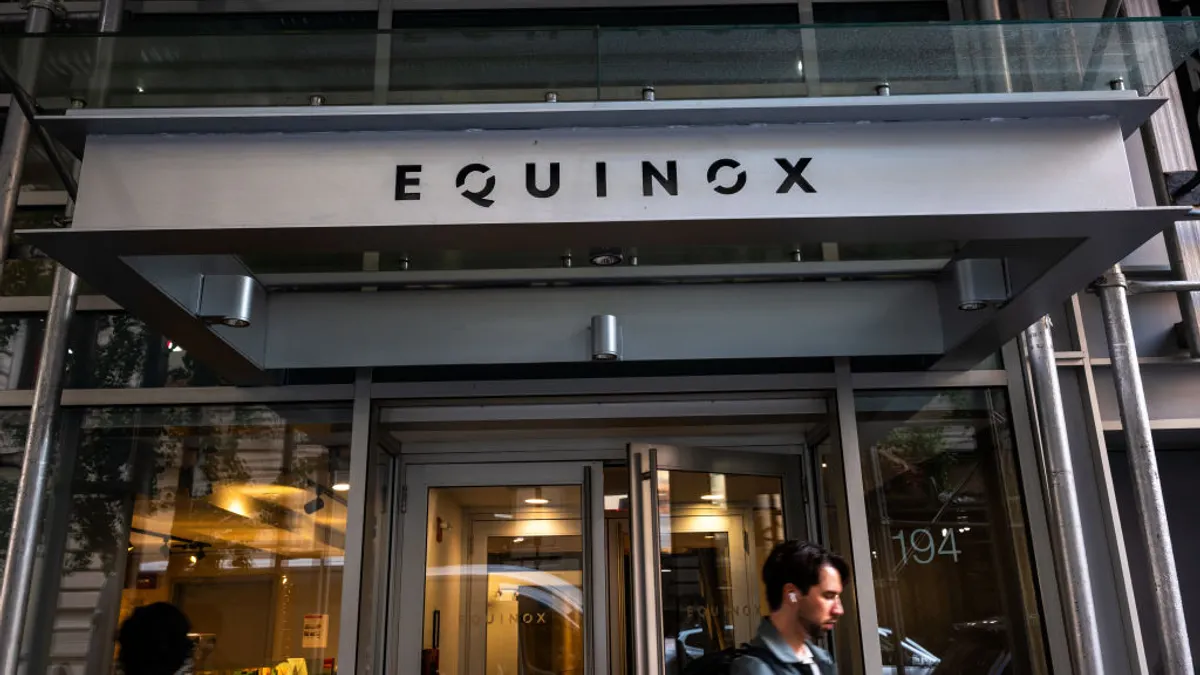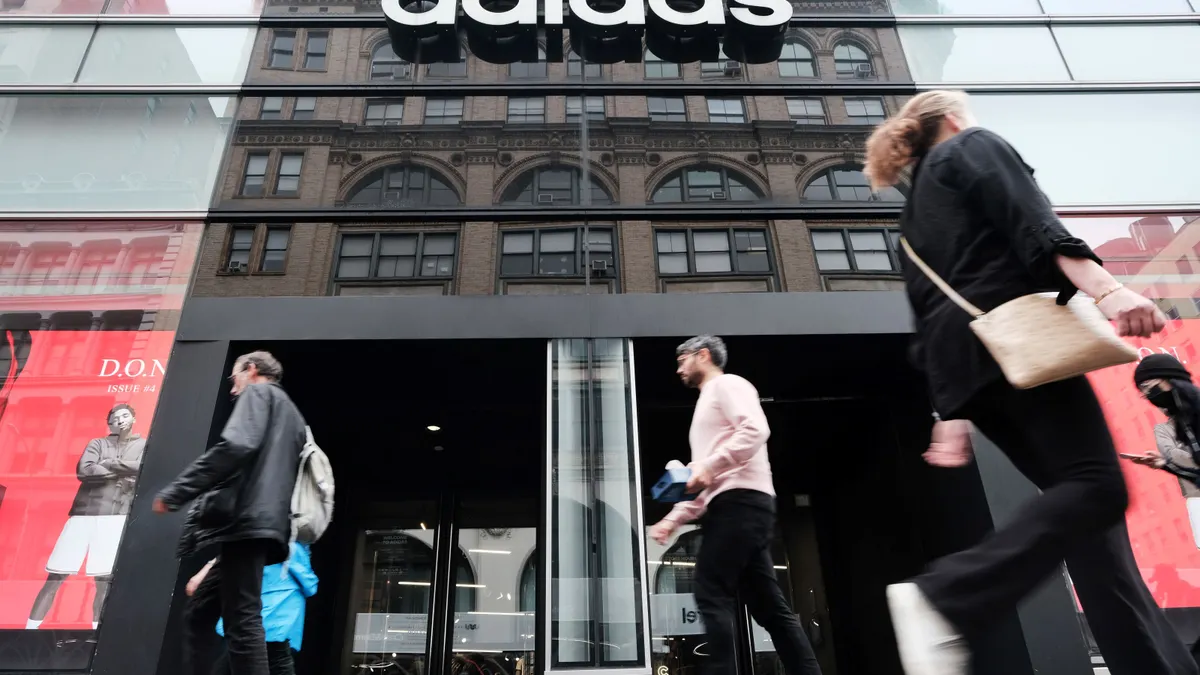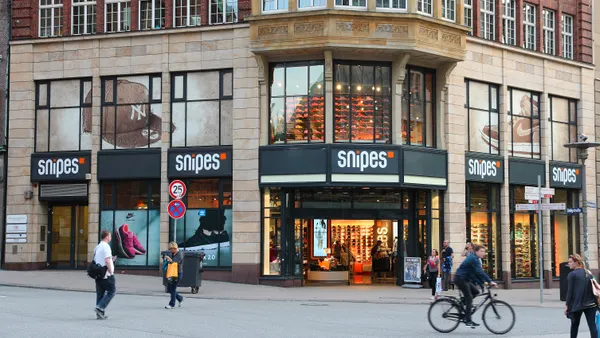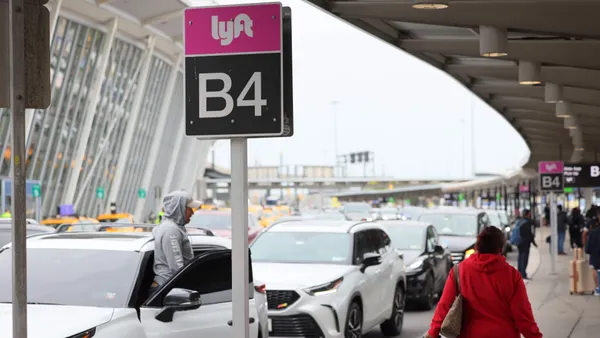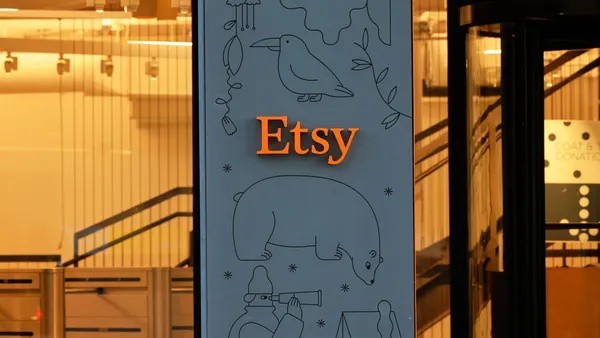Dive Brief:
- Fitness and wellness businesses are working to retain customers through personal outreach and loyalty programs as economic uncertainty perists, according to a Mindbody report released last week. Mindbody surveyed more than 1,400 decision-makers across the global fitness and wellness industry.
- Personal outreach was the primary tactic for retention, followed by discounted packages and pricing promotions, engagement events and loyalty programs.
- “Community itself is also one of the most powerful retention drivers,” Brian Fields, chief revenue officer at Playlist, the parent brand of Mindbody, said in an email. “Loyalty and growth go hand in hand: When clients feel looked after, they stay, and they bring their friends.”
Dive Insight:
The fitness and wellness industry is working to foster community and investing in the little things that can improve an experience, whether that’s fresh towels after a workout or complimentary toiletries.
While the industry is largely optimistic about business performance, operators are looking ahead to a potential economic slowdown and considering places to cut costs.
Notably, if it does slow down, businesses are keen to maintain clients’ experience and cut back elsewhere. Only 3% of fitness and wellness businesses said they would cut amenities.
“That’s because things like recovery perks don’t cost much to provide, but they carry an outsized symbolic value,” Fields said. “When you finish a workout class and the instructor hands out eucalyptus towels, you’re more likely to remember your experience at that studio.”
Operators said they’d rather scale back behind-the-scenes costs like marketing or hiring, than remove something a client touches and feels directly, according to Fields.
“Amenities are a visible signal that the business is prioritizing the member experience, even when budgets are tight,” he said. “In practice, protecting amenities is really about protecting retention — small details that make clients feel cared for are what keep them coming back.”
The report also found that customer service is the second-largest AI use case in the industry, with nearly 1 in 5 operators using the technology for such tasks as reminders, scheduling, or client communication. The top use is for marketing content.



